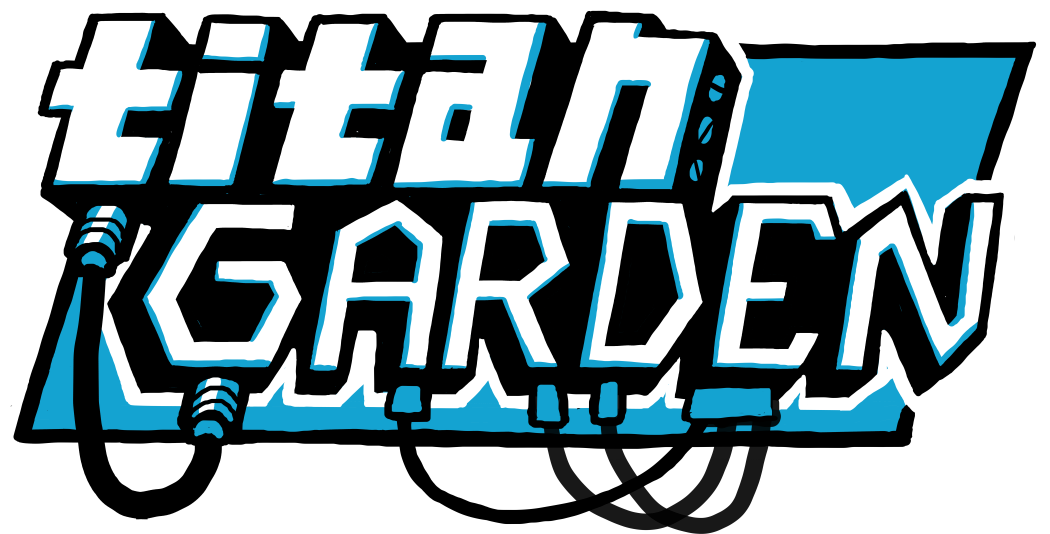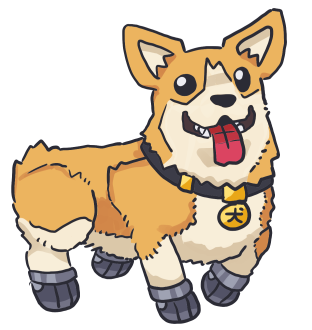Perseverance is a recreation of a Neptunian military Steelframe designed specifically for use in close combat scenarios. Classified as a small-scale unit, Perseverance specializes in infiltration and direct assault of defensive positions, as well as pursuit and sabotage within confined or inaccessible spaces. Its array of on-board armaments include a pair of sustained-fire light photon cutters embedded in its back- while each cutter cannon can pivot up and down from a rear hinge, their housing units are also able to swivel up and out of the Steelframe's back, giving each cannon an articulated range of motion that allows a steady beam to cut in a wide range of shapes. Lateral forcefield projectors on either side of the central chassis afford Perseverance a layer of protection on its most vulnerable angles, covering its flanks during swift, darting movement as well as providing a defensive barrier while deploying its photon cutters from a static position. A pair of long sensor arrays are capable of detecting broadcast signal directions by comparing reception timings between one blade and the other, affording Perseverance a discrete way of pinpointing the positions of entrenched targets without emitting a radar pulse of its own. Its optical sensors are able to track and label hundreds of unique moving targets in a 270° field of vision, handy both in open space as well as the cavernous subterranean confines the Steelframe is at home in. Its sensor array is designed to listen, not to reach out and ask; it might be more limited in scope than a more robust suite of tools but by not producing a detectable signal of its own it affords its pilot, Ghost, a stealthy low profile befitting his name.
Being modeled after Zephyleer Neptunian physiology, Perseverance is a quadrupedal Steelframe, capable of moving in erratic zig-zags at very high speeds with an extremely low profile relative to its overall size. This nimble speed is powered by a set of high-torque rotational kick motors situated at the Steelframe's rear hip joints- rather than aiming for a high rotational speed, these motors generate a tremendous amount of force, allowing the kick of Perseverance's rear legs to propel it forward as naturally as a Zephyleer would move in full sprint. From a quadrupedal position Perseverance is able to swivel on its front limbs and convert this propulsive torque into powerful kicks capable of knocking in blast doors or blowing heavy armored vehicles onto their sides. Emulating their own rear claws, two sets of long, sword-like talons are mounted on the ends of its hind legs, enabling Perseverance to grab onto large structures with its front limbs and slash rapidly with its back legs, propped up by its powerful metal tail. Neptunian Steelframes are capable of executing a full range of martial techniques familiar to Zephyleer pilots outside their Steelframes, making their capacity for melee combat feel natural to control and adapt on the fly. The unit's large tail is designed with a notched prybar at its tip, enabling Perseverance to pry open secure panels or weaken the rails of a sturdy portcullis enough that it might give way with a solid kick. It's a design that draws speed and utility from physical power, rather than fuel-guzzling boost thrusters, honed over years of defending Neptunian space from Andromedan incursions. It's a divergence from the Star Navy's approach, but the results speak for themselves.
The most unique feature of Perseverance is perhaps the least eye-catching: its front claws. Zephyleer Neptunians are a species without thumbs, they manipulate everything with a set of shorter, more dexterous claws than those found on their feet, and this physiology is reflected in Perseverance's design. While its own claws are likewise able to articulate, switching between quadrupedal running and bipedal precision, this Steelframe was designed with close-range combat in mind, and these frontal claws are its primary means of attack. A set of high-frequency vibration motors are built into Perseverance's forelimbs; when activated, its front claws are able to vibrate so fast and so minutely they appear as if they're in a haze of heat. This vibration compounds with their honed sharpness to make them extremely effective at cutting through physical armor and disrupting forcefield projection waves. This technology was developed in direct response to contact with Andromedan hardware- much of their technology is woven from glands in their bodies, extruded like complicated 3D printing jobs, and bears a solid, seamless profile, feeling like a lump of resin. This technology is resilient, there aren't really any small parts to exploit or break, and cutting edges dulled quickly trying to hack through it- what the Neptunian Skyguard found, however, was that adding an element of vibration to a sharp blade allowed it to tear these solid blue bits of technology apart with much greater ease. Perseverance is a reproduction of a Skyguardian Steelframe, but it still retains this technological innovation, and when Ghost sells his services to a mercenary employer, those vibrating front claws will rend protective armor all the same. Stay low, move fast, approach from odd angles and once you're in close, identify targets and tear them to shreds. Strike, move, strike again; always move, never become predicable. This is Perseverance's rhythm. If they catch you, they will kill you, so cut the hamstring and finish the job on the next pass. They won't have gone far.
As one of the only successful implementations of a military Steelframe, other Solar interests have studied the success of the Neptunian model to figure out what they got right and what their own attempts got wrong. Its lack of thruster engines, its low profile, its emphasis on speedy infiltration and close-range melee combat set it apart from the notion that a traditional Inner Belt Steelframe- equipped with missiles and cannons and big glowing boosters- could be more efficiently replaced by training a squadron of fighter pilots to do the job cheaper in less-specialized hardware. Here, the Neptunians found a niche that traditional mechanized weaponry couldn't fill, designed around the natural physiology of their pilots, and built a solution unlike any other Steelframe in the Sol system. Inner Belt pilots who have gotten an opportunity to see a Neptunian Steelframe up close have attempted to pilot it themselves, only to discover that it doesn't play nicely with their neural implants- Zephyleer Neptunians are physiologically different from Inner Belt species, they're quadrupedal and have different senses of balance and motion, and while an Inner Belt pilot could learn the controls for and adjust to the cramped space inside a Europan Steelframe like Fool's Errand, the expectations of upright balance and bipedal locomotion their neural implants are wired for simply aren't compatible with the optimal control of a Neptunian rig. Ghost is rather partial to his own machine, his cold demeanor isn't exactly inviting for other Steelframe pilots to plug in and give Perseverance a try; he has a particular skillset and a particular affinity to his frame. If you're in the market for mechanized violence, few freelance pilots can deliver results in quite the manner that Ghost can- provided you can pay his hefty asking price, that is.


